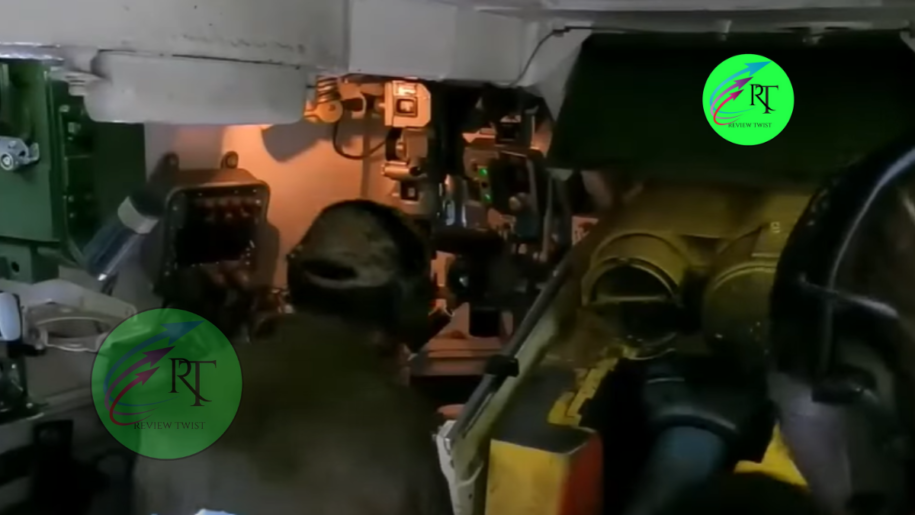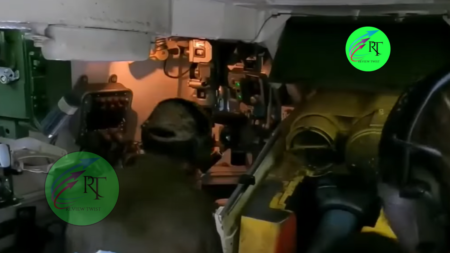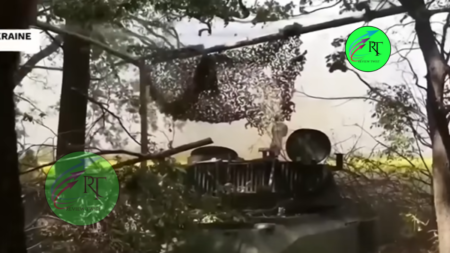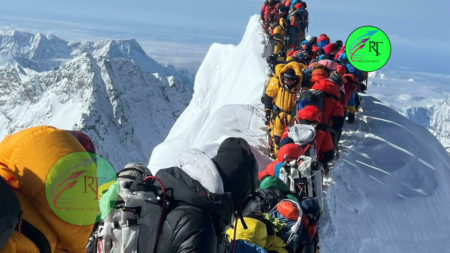In a significant policy shift, the US and Germany have authorized Ukraine to strike targets on Russian soil using long-range weapons. This decision comes at a critical time as Ukrainian troops face challenges on the battlefield. This blog post will delve into the implications of this policy change, the types of weapons involved, the reaction from Russia, and the broader context of the ongoing conflict.
The Context Behind the Policy Change
The authorization for Ukraine to use long-range weapons against targets within Russia is rooted in recent developments. The decision was influenced by Russia’s aggressive actions, particularly the attack on Kharkiv, Ukraine’s second-largest city, located just 20 miles from the Russian border. With Russian troops massing and preparing to attack, Ukraine found itself unable to respond effectively due to restrictions on the use of Western-supplied weapons.
What Does This Authorization Entail?
The US and Germany’s decision allows Ukraine to strike military targets just across the border in Russia. This includes troop concentrations, military depots, and logistics points. However, the authorization does not extend to the use of longer-range missiles that could reach deeper into Russian territory. The focus remains on immediate military threats near the border.
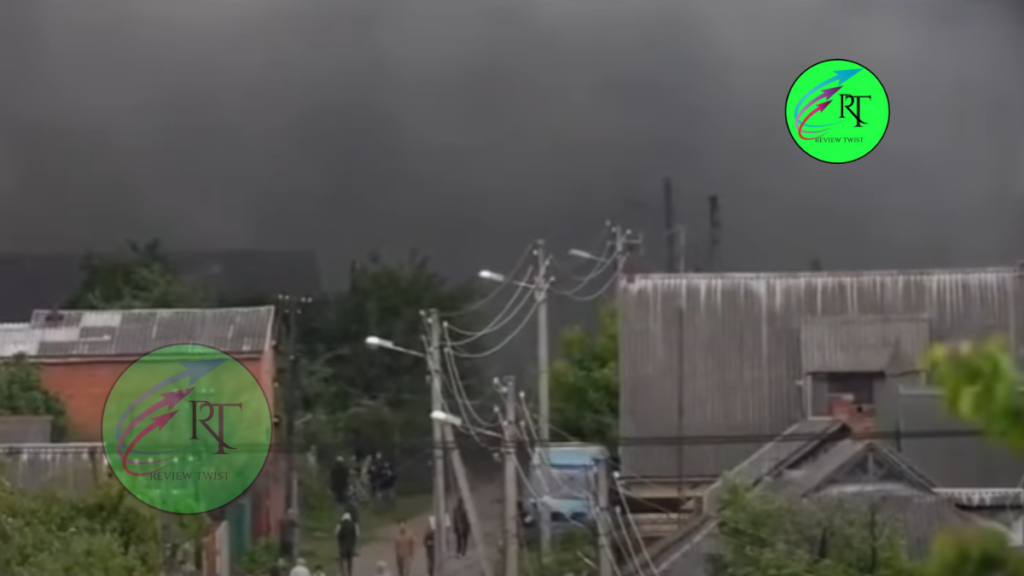
Types of Weapons Involved
Primarily, the weapons involved in this policy change are artillery systems and some types of missiles. These weapons enable Ukraine to respond to threats near the border but do not permit strikes deep within Russian territory. This careful limitation aims to balance Ukraine’s defensive needs with the risk of escalating the conflict further.
International Reactions and Implications
Russia’s Response
The deputy head of Russia’s Security Council expressed outrage at the decision, warning that it could escalate tensions and potentially lead to a broader conflict with NATO. This rhetoric underscores the delicate balance both sides must maintain to avoid a larger, more destructive war.
NATO’s Stance
Interestingly, the US has been relatively cautious compared to some NATO allies. Countries like Great Britain, France, Poland, and Sweden have allowed Ukraine to use supplied weapons with fewer restrictions, provided they target legitimate military objectives. This support reflects a broader consensus within NATO on the importance of supporting Ukraine’s right to self-defense.
The Nuclear Threat: Real or Empty?
Concerns about a nuclear confrontation between Russia and NATO have loomed over the conflict. While the threat of nuclear war is a serious consideration, many experts, including Brian Taylor, a political science professor at Syracuse University, believe it remains an unlikely scenario. Both the US and Russia understand the catastrophic consequences of such an escalation, which acts as a deterrent against direct confrontation.
The State of the War and Future Prospects
The conflict, which began in 2014 with Russia’s annexation of Crimea and escalated with the full-scale invasion in 2022, shows no signs of ending soon. The front lines have remained relatively static, with limited gains on either side. Russia currently occupies around 20% of Ukrainian territory, and a significant settlement appears distant due to the fundamentally opposing goals of the two nations.
FAQs
1. Why did the US and Germany decide to allow Ukraine to strike targets in Russia?
The decision was influenced by Russia’s aggressive actions near the Ukrainian border, particularly the attack on Kharkiv. This policy change aims to allow Ukraine to defend itself more effectively.
2. What types of weapons are involved in this authorization?
The authorization primarily involves artillery systems and some types of missiles that can strike targets just across the border in Russia.
3. How has Russia responded to this policy change?
Russia has expressed outrage and warned that it could escalate tensions, potentially leading to a broader conflict with NATO.
4. Are other NATO countries providing similar support to Ukraine?
Yes, several NATO countries, including Great Britain, France, Poland, and Sweden, have allowed Ukraine to use supplied weapons with fewer restrictions, targeting legitimate military objectives.
5. Is there a real risk of nuclear war due to this conflict?
While the threat of nuclear war is serious, it is widely believed to be an unlikely scenario due to the catastrophic consequences and mutual deterrence between the US and Russia.
6. What is the current state of the war, and is there an end in sight?
The war has been ongoing since 2014, with significant escalation in 2022. The front lines have remained relatively static, and a significant settlement appears distant due to the fundamentally opposing goals of Ukraine and Russia.
Conclusion
The authorization for Ukraine to strike targets on Russian soil marks a significant shift in Western policy, reflecting a commitment to supporting Ukraine’s defense against Russian aggression. While the risks of escalation remain, the move underscores the ongoing and complex nature of the conflict, which shows no signs of resolution in the near future.

